Harry Hill
Content Writer (I’m Harry, the CTO of OperaVPS and a Senior Linux System Administrator with a strong background in systems engineering, DevOps, and cloud infrastructure. Since 2020, I’ve been sharing advanced insights on topics like virtualization technologies, Linux performance tuning, and secure server deployment. My focus is on delivering in-depth content for developers and professionals who want scalable, reliable, and efficient solutions.
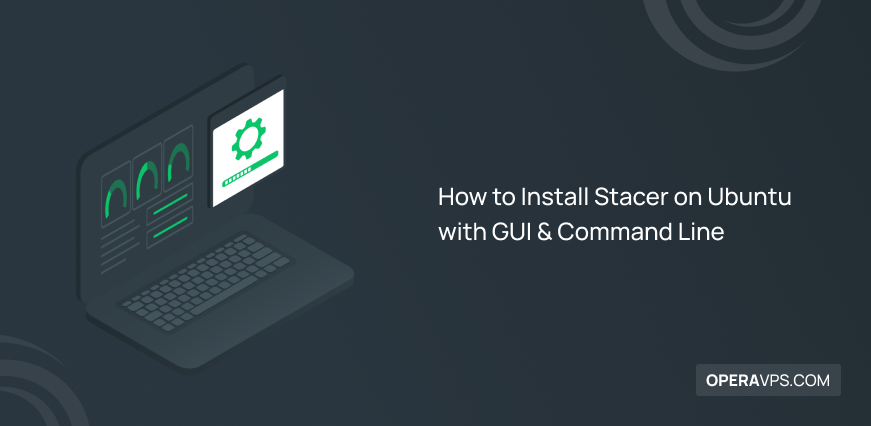
How to Install Stacer on Ubuntu
Stacer is an open-source and user-friendly system optimizer and visualizer designed to empower Ubuntu users. Stacer simplifies system optimization for LinuxUbuntu users, offering tools for disk management, startup control, and in-depth system analysis, transforming complex data into actionable insights. This guide offers step-by-step instructions for installing Stacer on Ubuntu. Choose from two installation methods according […]
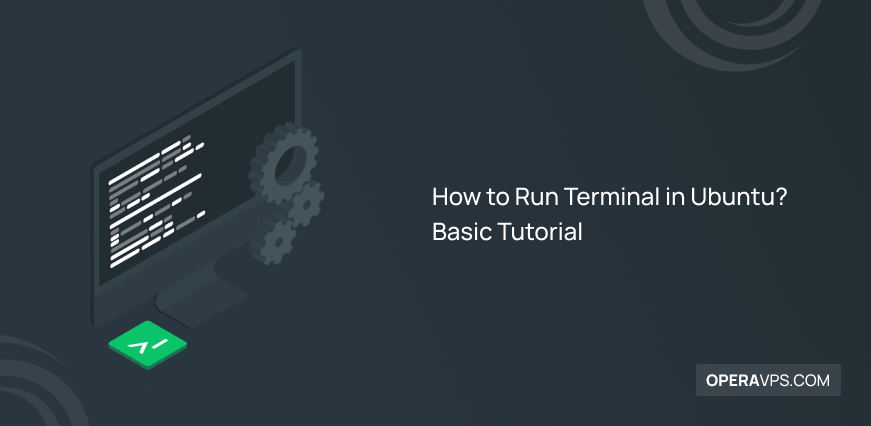
How to Run Terminal in Ubuntu?
The Ubuntu Terminal, a text-based interface, is a powerful tool for interacting with your Ubuntu system. It provides direct access to the underlying operating system, allowing you to perform tasks efficiently and automate processes. There are 6 different easy ways to Run Terminal in Ubuntu: Keyboard shortcut: Quickly open the Terminal Ubuntu shortcut with a […]
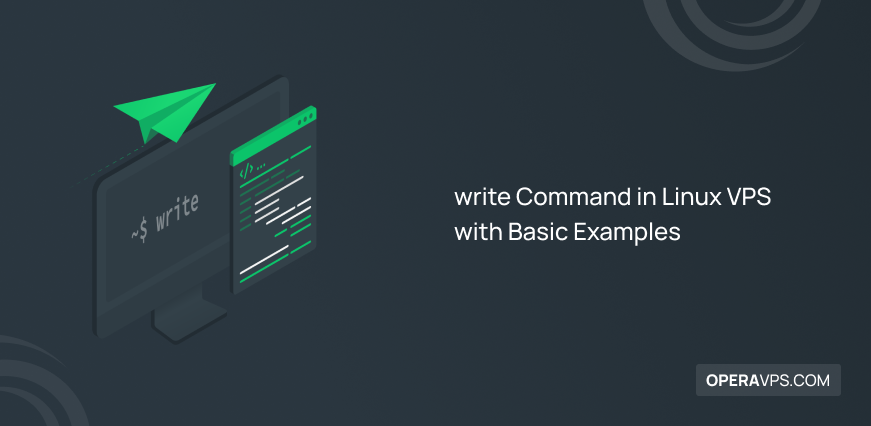
write Command in Linux VPS with 7 Basic Examples
The write command in Linux VPS is a command line tool for communicating directly to other logged-in users by sending messages. By running the write command with the username of who is currently logged into the same Linux VPS and typing the message, the write command provides a real-time chat-like experience. It sends messages to […]
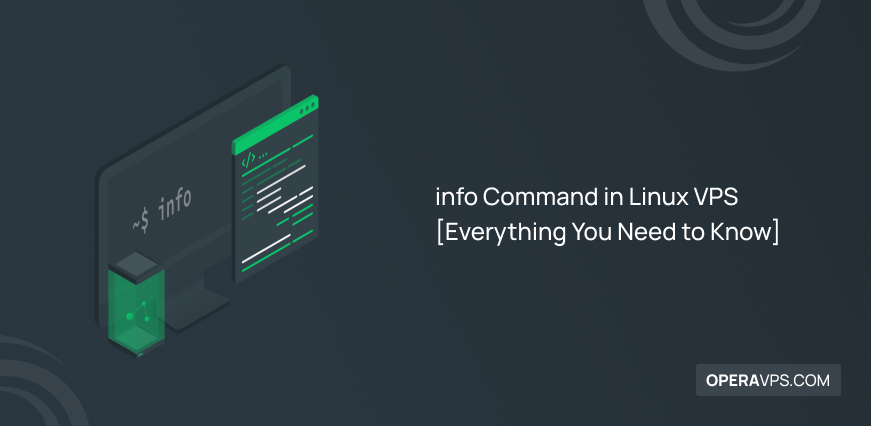
info Command in Linux VPS
The info command in Linux VPS is a powerful Unix tool for accessing detailed information about various topics, especially documentation for system commands, libraries, and GNU utilities. Thanks to Texinfo, Linux users can easily navigate linked menus and sections, making complex topics a breeze. The info command in Linux Ubuntu, Debian, and CentOS offers more […]
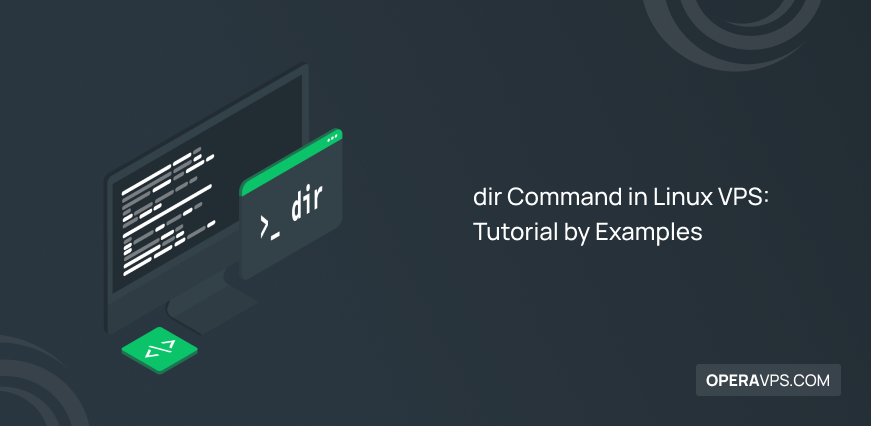
dir Command in Linux VPS
The dir command is a fundamental tool for exploring your computer’s filesystem. It allows you to list files and directories, providing valuable insights into your data organization. The basic syntax of the dir command is as shown below: # dir [OPTION] [FILE] To view all files and directories in your current working directory, you can […]
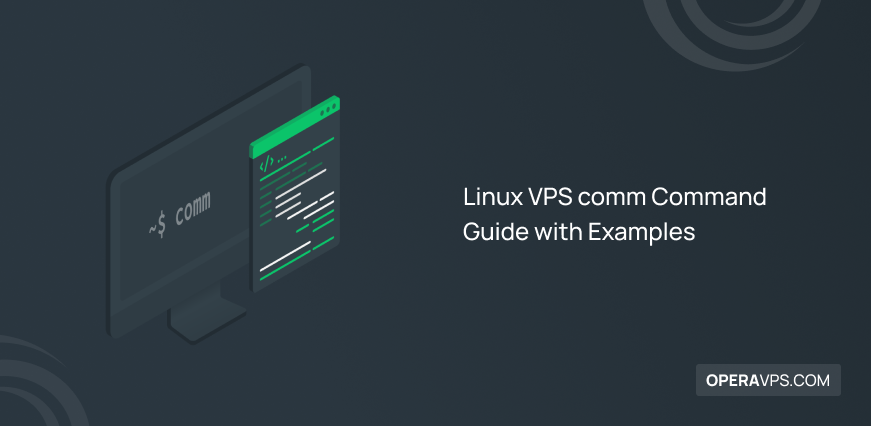
Linux VPS comm Command Guide with Examples
Linux VPS comm command with its straightforward syntax, comm [options] file1 file2 , is a powerful and efficient tool for comparing and analyzing two sorted files line by line. After buying Linux VPS learning how to use the comm command is beneficial for using quick and efficient way to compare sorted files on your Linux […]
![access Command in Linux VPS [An Advanced Guide]](https://operavps.com/wp-content/uploads/2024/07/access-command-in-linux-vps.png)
access Command in Linux VPS
The access command in Linux VPS is used to programmatically check a file’s accessibility for the calling process and to check a user’s permissions for a specific file. This means it verifies whether the running program has the necessary permissions (read, write, or execute) to interact with a specified file and whether the user has […]
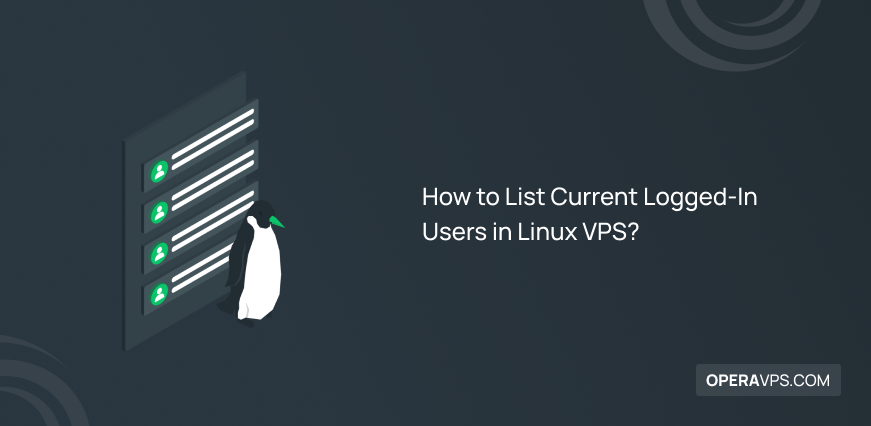
How to List Current Logged-In Users in Linux VPS?
Listing current logged-in users in Linux VPS is an essential administration task, especially if you work in a multi-user Linux environment. Here are various ways to list current logged-in users in Linux VPS at a glance: The users command The w command The who command Reading the content of /etc/passwd file using commands cat, less, […]
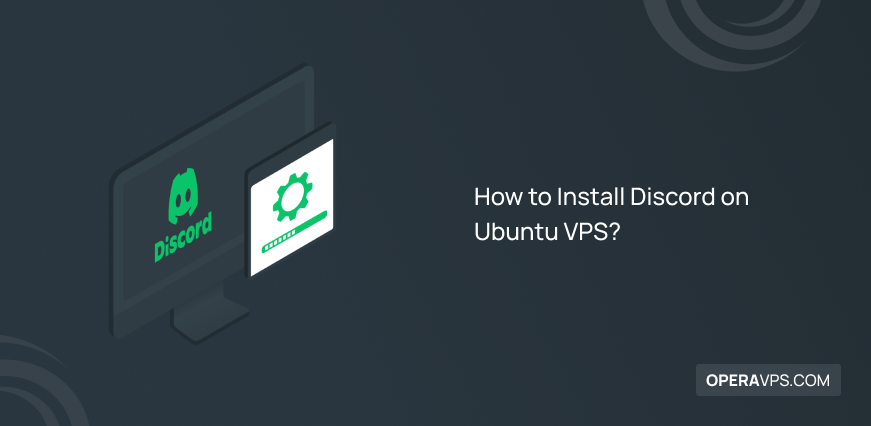
How to Install Discord on Ubuntu VPS?
Discord is supported on Ubuntu and there are 4 ways to install Discord on Ubuntu VPS, which are: Using the official .deb package Using Snapcraft Using wget Using a third-party repository (Flatpack) Whether you prefer using the official .deb package, Snapcraft, wget, or a third-party repository like Flatpak, you’ll find the step-by-step instructions you need. […]

How To Install Plesk On CentOS VPS
Plesk is a commercial web hosting platform with a control panel that gives administrator permissions such as setting up new accounts, reseller accounts, email accounts, and DNS inputs with a web-based interface. Plesk is designed for Linux and Windows-based web hosting providers; Plesk is designed to install and manage web hosting systems and applications on […]

cd Command: How to Change Directory in Linux VPS?
The cd command acts like a compass and lets Linux users switch between folders (directories) on their system. Since the terminal can only view files in your current directory, this is crucial. To change directories in Linux VPS, you can use one of the below ways: To navigate to a directory that is relative to […]
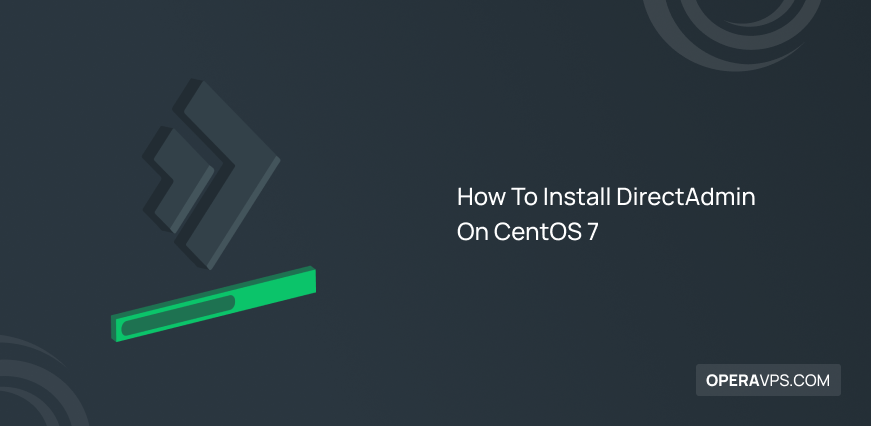
How To Install DirectAdmin On CentOS 7
DirectAdmin is one of the hosting platforms and is web-based. It has made managing websites on hosts and servers much easier. You can manage many email accounts, websites, etc., through the DirectAdmin control panel. Hosting companies also provide shared hosting services by installing a graphic DirectAdmin control panel on their servers, Features such as lightness, […]
